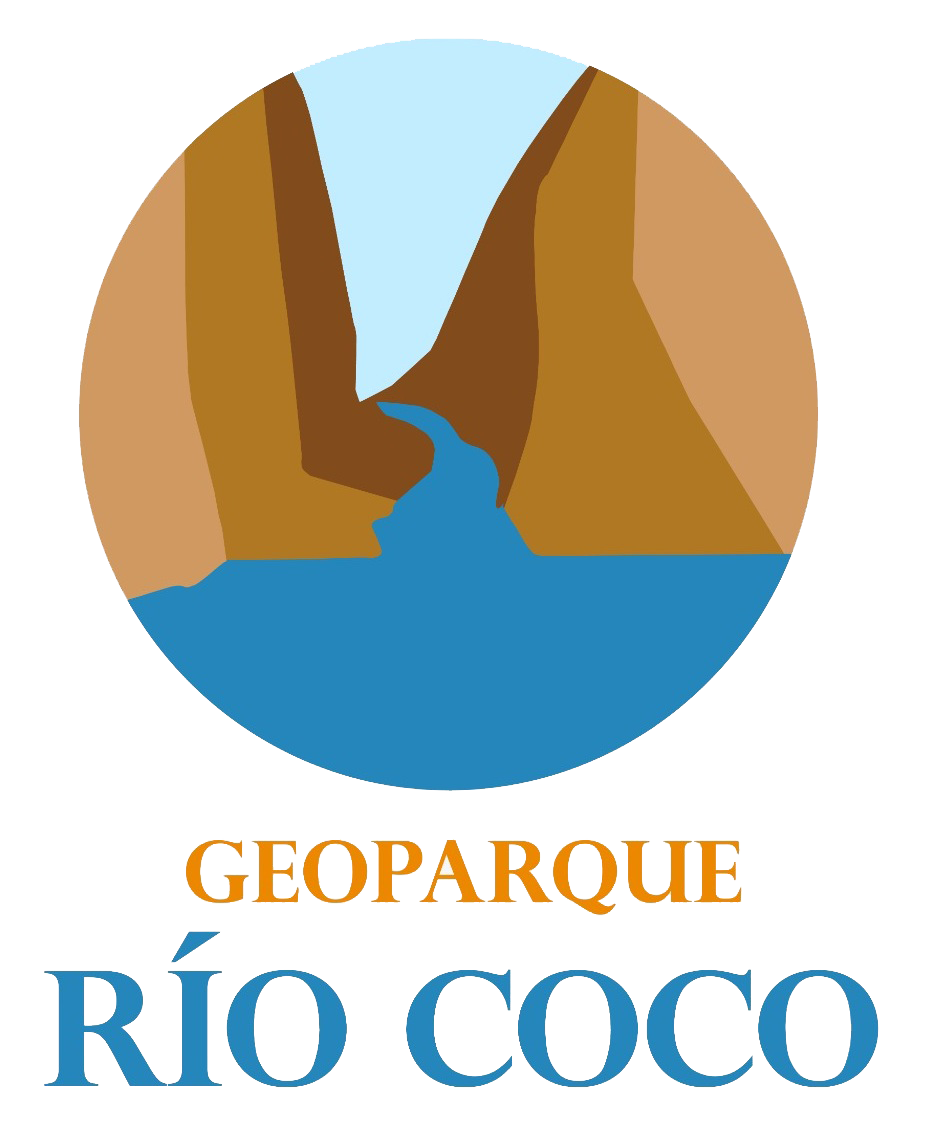4GEON Geoparks
Rio Coco UNESCO Global Geopark, Nicaragua
The Rio Coco Geopark UNESCO Global Geopark is located in the mountainous region of north- western Nicaragua, on the border with Honduras. Its area covers 954 km 2 and it consists of a substantial part of the Madriz Department. Its 74,224 inhabitants live in five municipalities, three of them recognized as indigenous communities: San José de Cusmapa, San Lucas, and Totogalpa. The Rio Coco Geopark headquarters is located in the town of Somoto, which is the capital of the Madriz Department.

The climate of the aspiring geopark is dry subtropical, being located in the dry corridor of the region, which produce its high vulnerability to climate change and heavy rains. The geoheritage of the aspiring geopark “belongs to the Caribbean Plate, comprising several structural levels from Palaeozoic greenschist-facies metamorphic terrane intruded with Cretaceous granite pluton to Upper Tertiary volcanic sequences”. The indigenous inhabitants of the Rio Coco territory are defined by the state as Chorotegas, who were descendants of Maya ethnics migrating around the eighth century to the Northern and Pacific region of Nicaragua from the area of present Chiapas or Cholula (Mexico). They had received their official land titles (“Titulos Reales”) already in 1662. However, according to some recent anthropological findings the indigenous peoples of Central and Northern Nicaragua had not been Chorotegas, but Matagalpas. As explained by Navarro-Genie, “they call themselves Chorotegas because of the lack of anthropological knowledge regarding their roots“. Local indigenous people are living in small dispersed communities that are characterized by a diet based on the “basic grains” (corn, beans, and sorghum) and by the use of traditional ceramics and textile handcrafts. They speak vernacular, which is a kind of mixture of Latin American Spanish with Nahuat (one informant has termed it as “Pupuluca” dialect). Nahuat, as a dialect of the Nahuatl language, was the Nicaraguan “lingua franca” between the 16th and 19th centuries.
🌍 Plans for Geopark Río Coco in 2025! 🚀
Rio Coco2025-02-17📢 Better Communication
➡️ We aim to increase awareness and visibility of Geopark Río Coco.
➡️ We are working on the nomination of Somoto as a Creative City, bringing new opportunities for cultural and artistic development in the region.
📚 Education & GeoSchools
➡️ Expanding the GeoSchools project with 4 new primary and 2 secondary schools.
➡️ Strengthening education about the natural heritage and geological significance of the region.
➡️ Creating a didactic guide with innovative teaching strategies.
➡️ Launching a diploma course on geoparks for local government representatives and institutions.
🔬 Scientific Research & Collaboration
➡️ Developing new archaeological and geological studies in key geosites.
➡️ Collaborating with universities on research in tourism, geology, and ecology.
➡️ University students will conduct case studies and graduation theses focused on the geopark.
🏞️ Geotourism & Sustainable Travel
➡️ Completing 25 community-based and 5 municipal tourism circuits, showcasing the geopark’s beauty.
➡️ Offering active tourism experiences: rappelling, canopy tours, hiking, birdwatching, traditional farming, and cultural programs.
➡️ Engaging local communities to boost economic opportunities through tourism.
🎭 Arts & Culture in Communities
➡️ Supporting music, dance, and theater within Geopark Río Coco communities.
➡️ Organizing workshops and equipping schools to promote local arts and creativity.
➡️ Children and youth learn about their cultural identity through music and theater.
🎓 Additional Educational Programs & Partnerships
➡️ Hosting a UNESCO Geopark diploma course for local governments and institutions.
➡️ Partnering with local universities, ministries, and specialized institutions to enhance education.
💡 Together, we protect nature, support education, and develop sustainable tourism! 🌿🌎 Follow us for more updates! 📲
Geological Heritage Experts Connected with Rio Coco Geopark
geocourseRio Coco2024-06-14On Friday, a pleasant and useful meeting took place between the Rio Coco Geopark team and the 4GEON project experts (Helga and Ben) on the topic of geological heritage interpretation and geoscience education, especially for schools in the geopark. Other 4GEON geoparks will follow. Creative outreach to youth and sensitive engagement with indigenous communities remains a priority. Read more
Students Visit Community Tourism Circuits
geocourseRio Coco2024-05-22Students from the National Agrarian University visit community tourism circuits in the community of Oruce, Municipality of Las Sabanas, Department of Madriz.
Coordination with INPRHU (Institute for Human Promotion, NGO), Geopark Rio Coco UNESCO Global Geopark, Mayor's Office of Las Sabanas Municipality, Community of Oruce.
Rio Coco Nicaragua Facebook
Rio Coco2023-12-22Facebook Rio Coco Nicaragua promotes the 4GEON project
Rio Coco progress presentation
Rio Coco2023-08-08Good progress on geoschools and geoeducational material reported, new partnerships, presentations, etc. Greetings from Nicaragua! Download